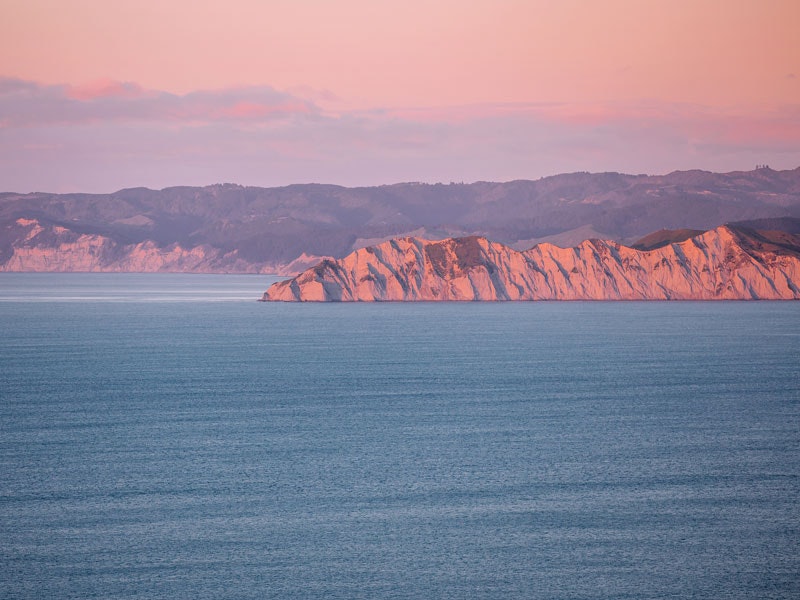
Te Hau ki Tūranga
Our last taonga is not just an object, but a sacred place, and an 'encyclopedia' of the history, traditions, and art and culture of the people of Rongowhakaata.
Free museum entry for New Zealanders and people living in New Zealand
Open every day 10am-6pm
(except Christmas Day)
Free museum entry for New Zealanders and people living in New Zealand
From Jacinda Ardern’s encounter with the sled of her Antarctic hero, to a nine-year-old boy obsessed with the colossal squid, this new podcast series brings New Zealanders face to face with their favourite Te Papa objects.
Ours is a co-creation of RNZ, Te Papa, and media production company Bird of Paradise.

Our last taonga is not just an object, but a sacred place, and an 'encyclopedia' of the history, traditions, and art and culture of the people of Rongowhakaata.
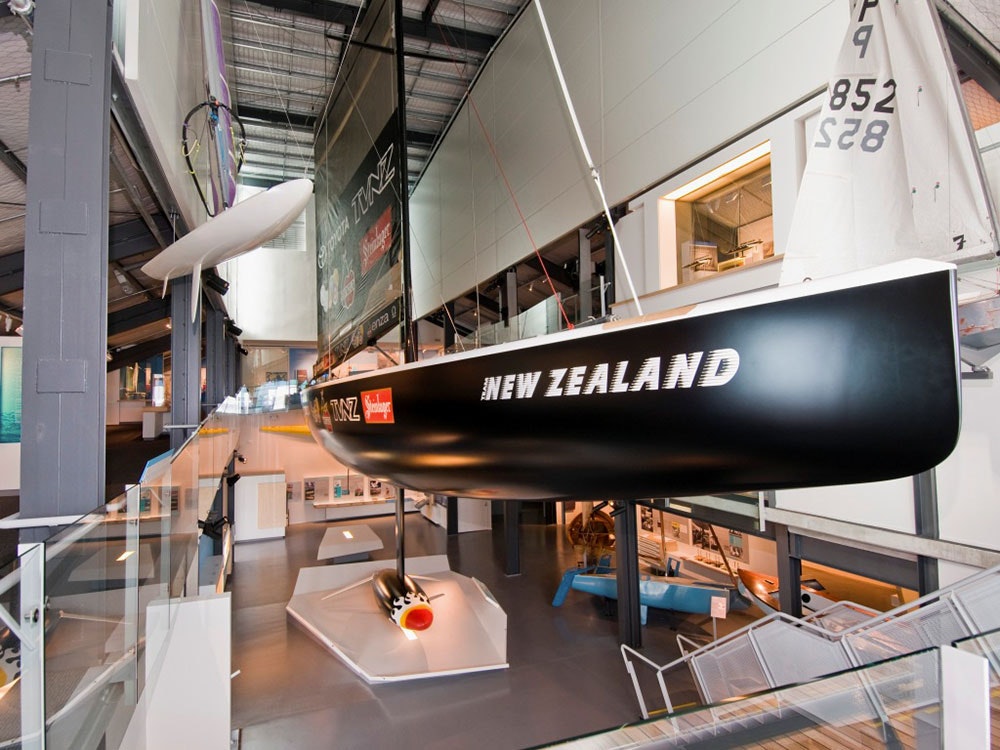
‘She went like a rocket’. History curator Stephanie Gibson and Lady Pippa Blake discuss NZL32 AKA Black Magic and New Zealand's America's Cup win on 13 May 1995.
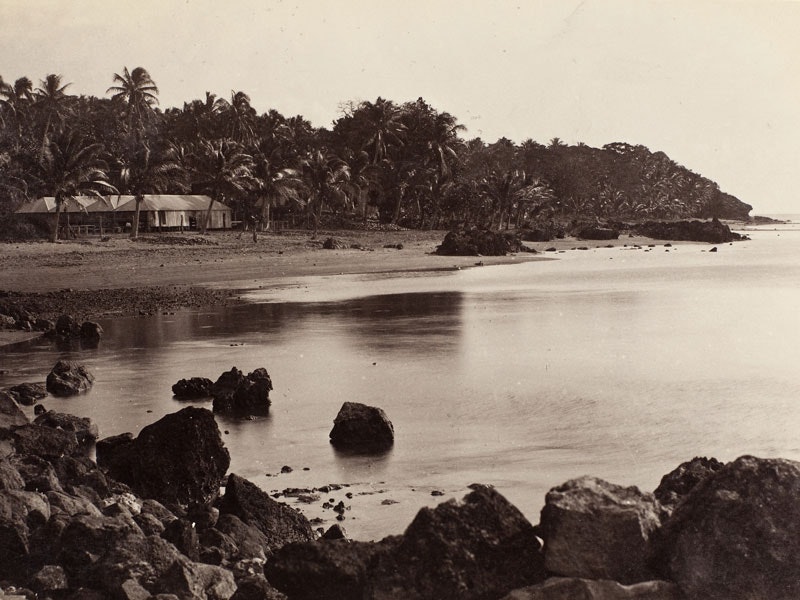
Ema Tavola explains why the song 'Isa Lei' resonated with her, sparking a feeling of nostalgia and connection with her Pacific heritage, and Pacific Curator Sean Mallon describes the poignant story behind it.
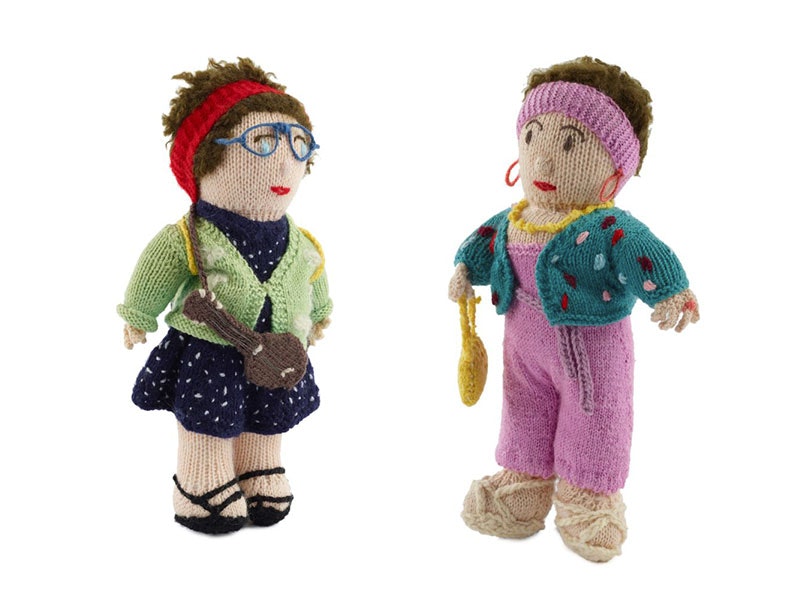
These miniature works of knitted art hail from Invercargill, and might just be the ultimate Kiwiana tribute to two of New Zealand’s most popular characters – Camp Mother and Camp Leader, the creations of Lynda and Jools Topp – the Topp Twins.
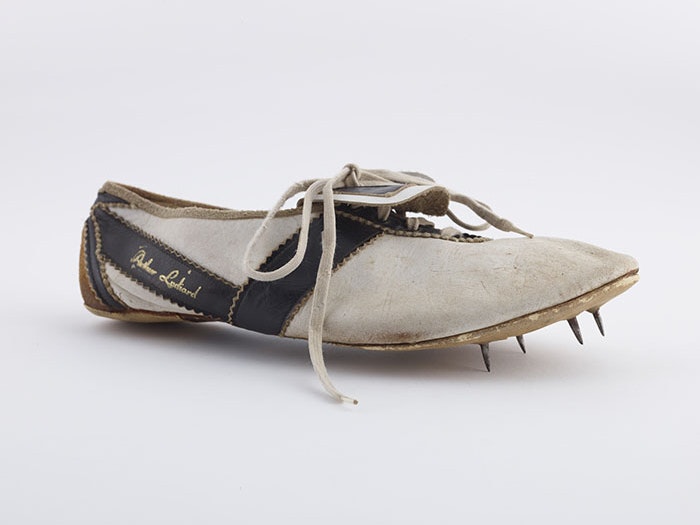
Head of New Zealand and Pacific Cultures Bronwyn Labrum, and former principal of Tauranga Girls' College Pauline Cowens, talk about the shoes that Peter Snell wore when he won gold at the 1960 Rome Olympic Games.
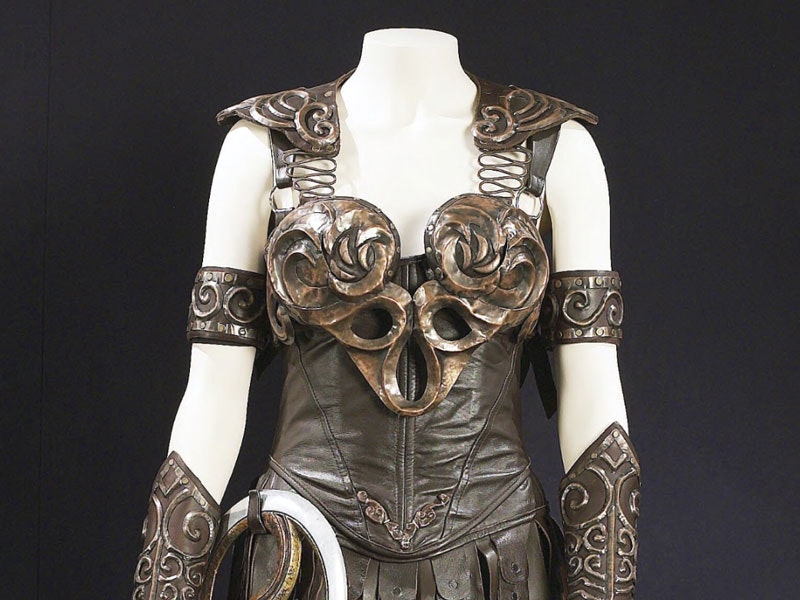
Ngila Dickson one of the makers of Xena's costume, and History Curator Claire Regnault, discuss the creation of Xena, how she changed New Zealand's film industry, and how she became an international feminist icon.
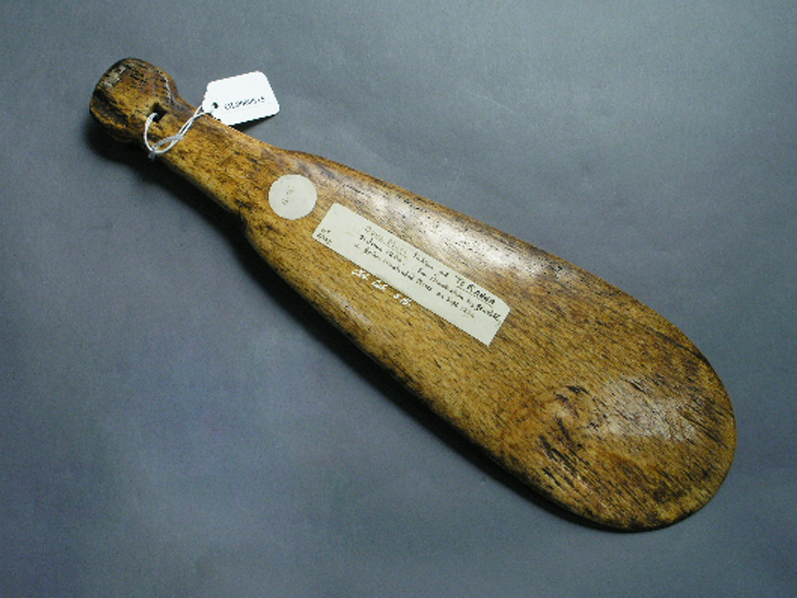
Head of Matauranga Māori Puawai Cairns discusses the significance of a whalebone weapon – a patu parāoa.
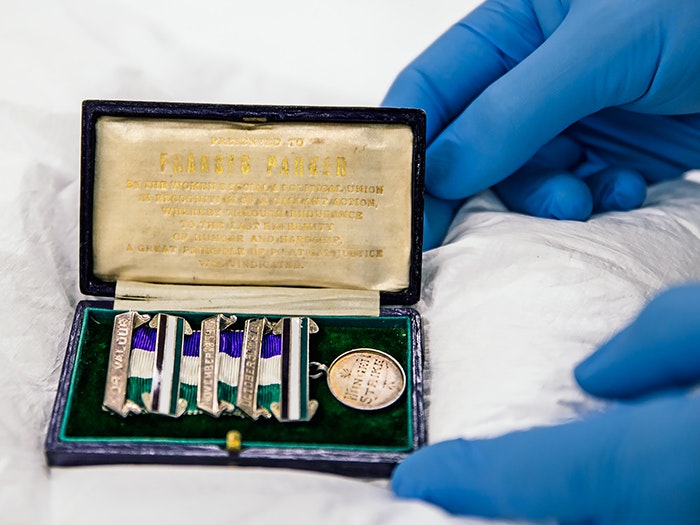
Occasional demonstrator Leah McFall, and History Curator Claire Regnault, talk about how Frances Parker fought for women's suffrage in Britain and women's marches today.
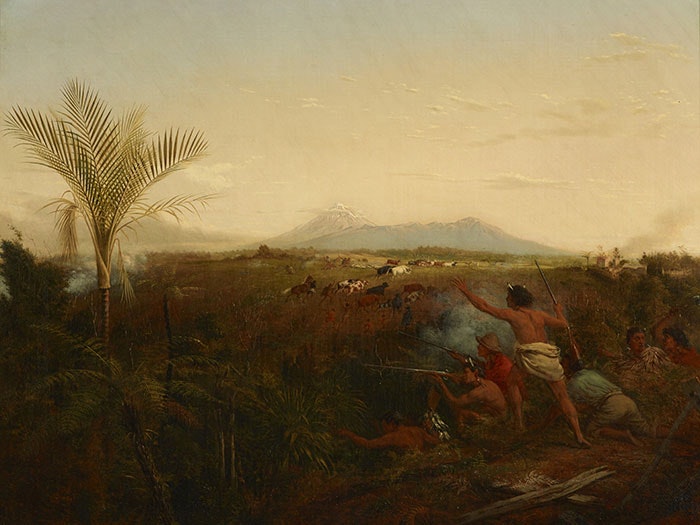
William Strutt’s painting depiction of the New Zealand Wars is almost 160 years old, but amid claims of racism and propaganda, it’s been making recent headlines.
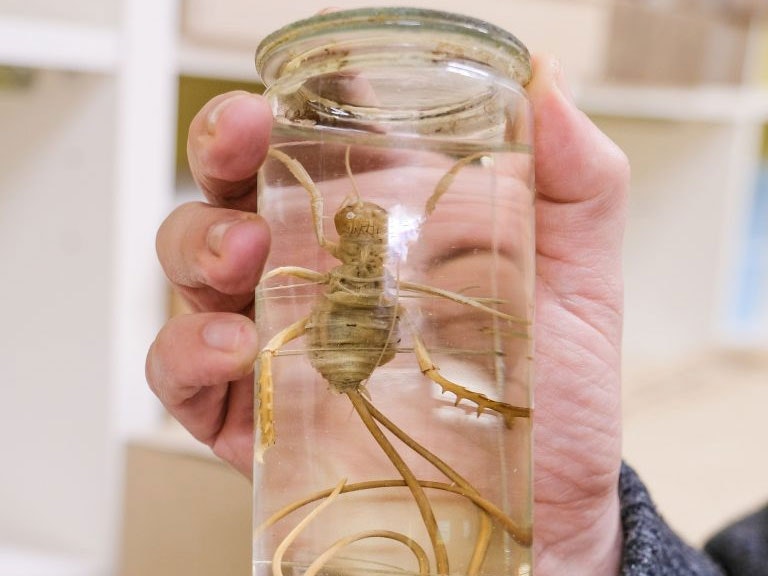
The ‘ultimate monster’ that’s been on the scene since before dinosaurs. Sir Richard Taylor was so enamoured by the critter that he named his company after it.
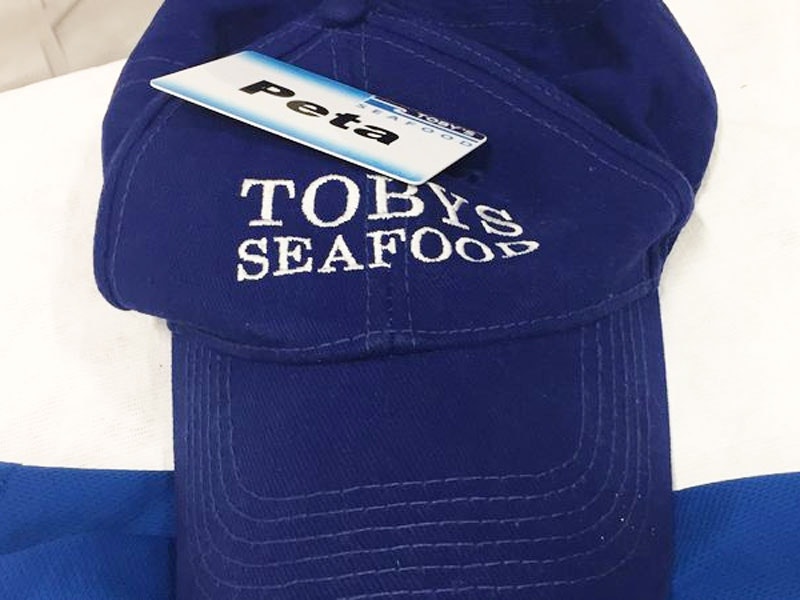
A fish shop worker's uniform seems an unlikely item to include in a museum collection, but that's only if you take it on face value.
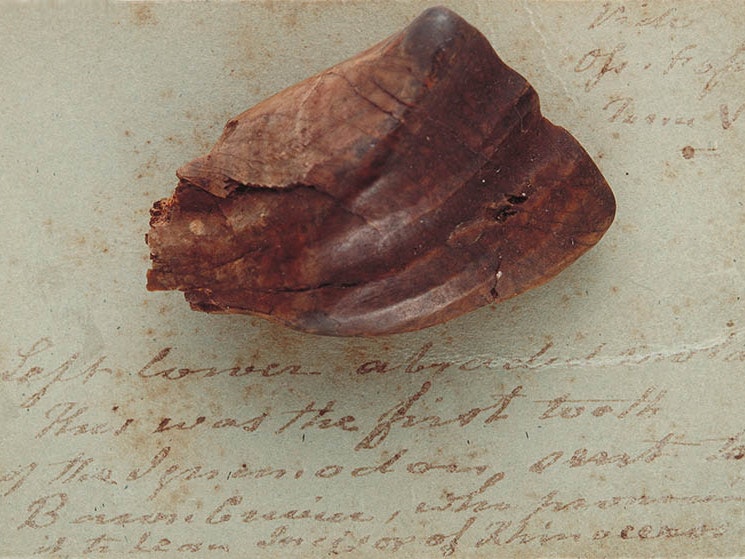
This is where Jurassic Park began. Geologist Hamish Campbell and 16-year-old dinosaur fan Eric London talk about the very first fossil to be recognised as 'dinosaur'.
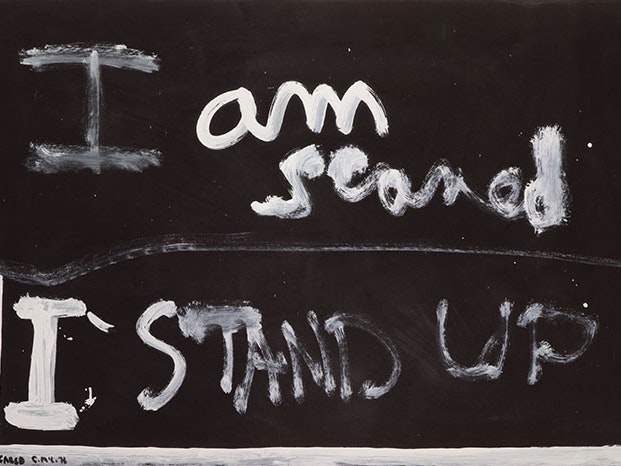
Art curator Sarah Farrar and art critic Anthony Byrt talk about the meanings in Colin McCahon’s artwork ‘Scared’ and their emotional responses to the piece.
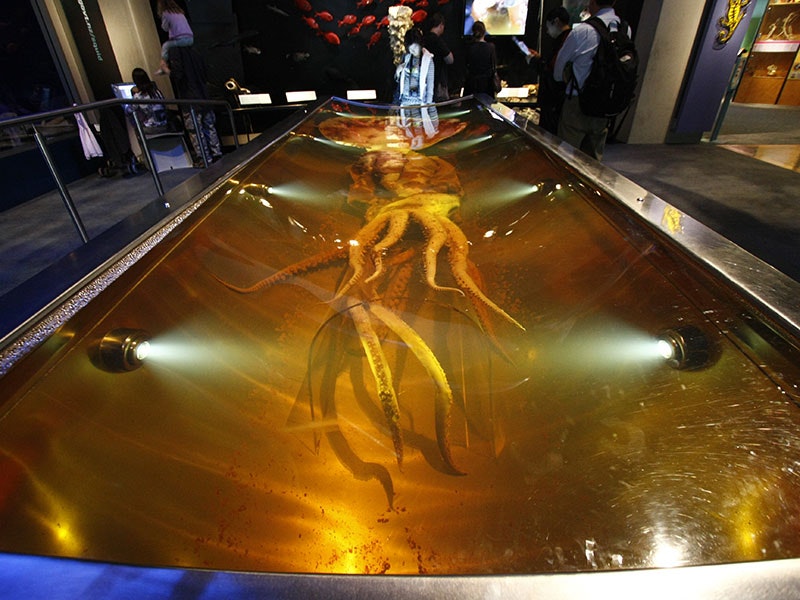
Nine-year-old colossal squid super-fan Sam, and fish expert Andrew Stewart, share some astounding facts about this bizarre creature.
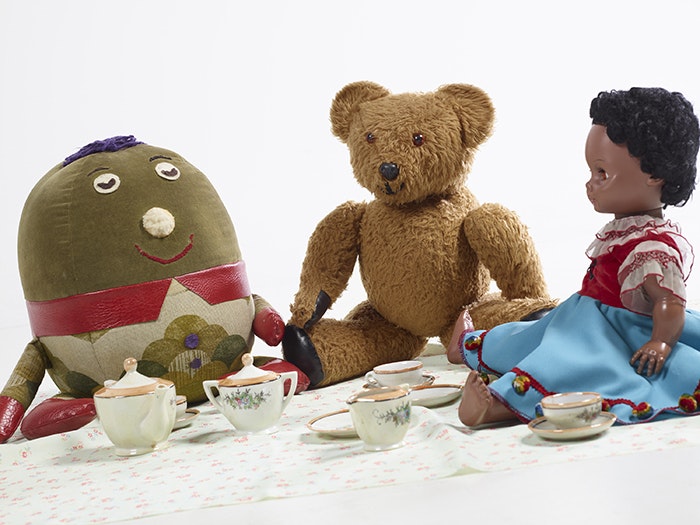
Play School host Theresa Healey and history curator Kirstie Ross discuss the toys that belonged to us all... Humpty, Jemima, Big Ted, Little Ted, and of course New Zealand's own Manu.
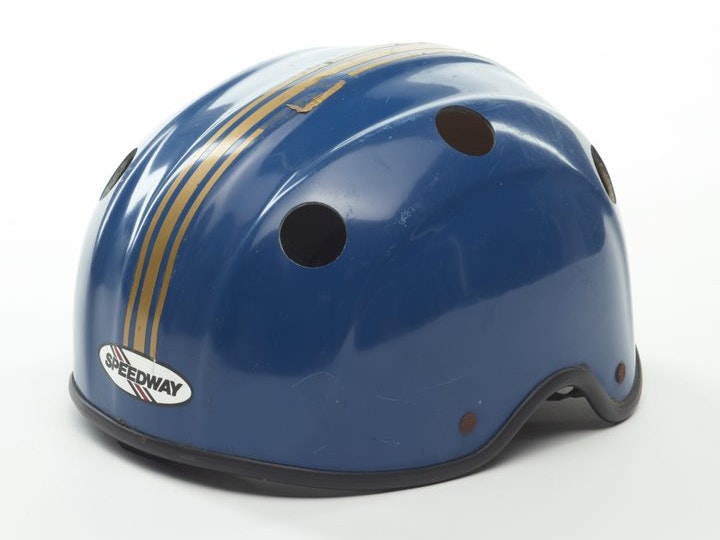
Mike Bush and History curator Stephanie Gibson tell the story of the scooter helmet worn by John Minto, the national organiser of Halt All Racist Tours (HART), during the Springbok rugby tour in 1981.
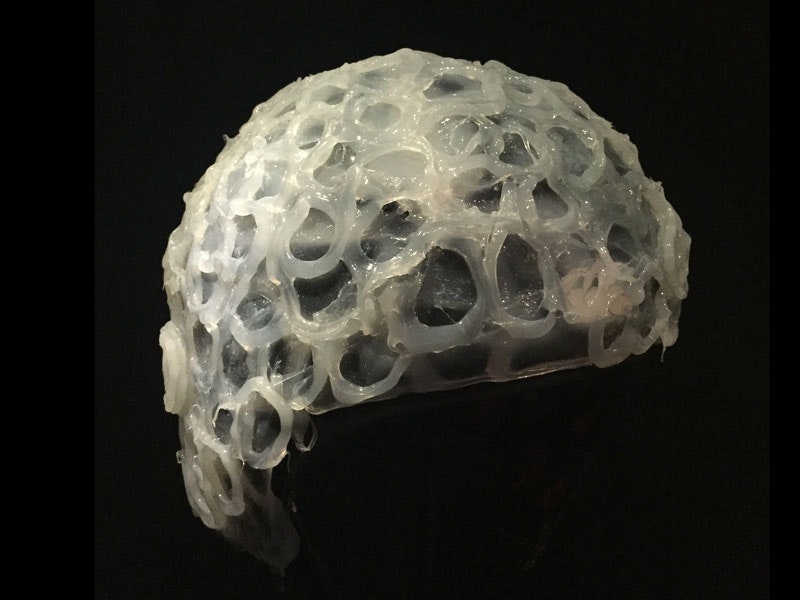
Kākāpō fan Jeremy Wells knew that the species’ idiosyncratic sexual appetites were a threat to its survival, but hadn’t seen the ingenious solution known as the kākāpō ejaculation helmet.
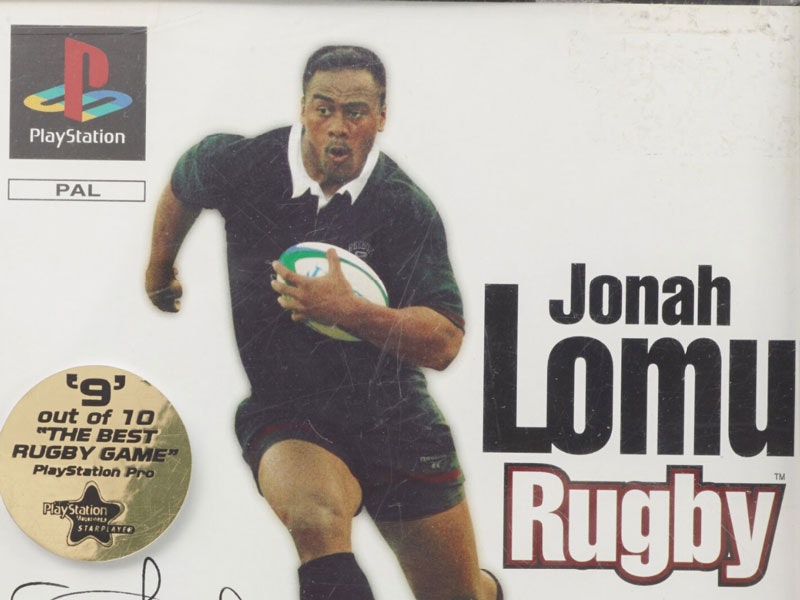
Jonah Lomu was a game changer on the field and in the world of popular culture. Pacific curator Sean Mallon and TV’s Julian Wilcox look at an example of his digital legacy.
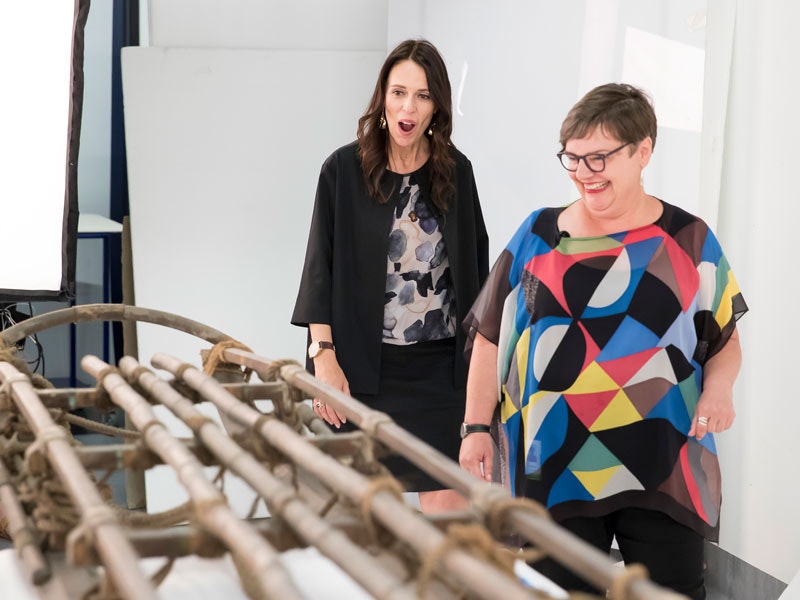
The Prime Minister encounters the sledge of her hero Ernest Shackleton, and talks about the life lessons she took from his extraordinary voyages.
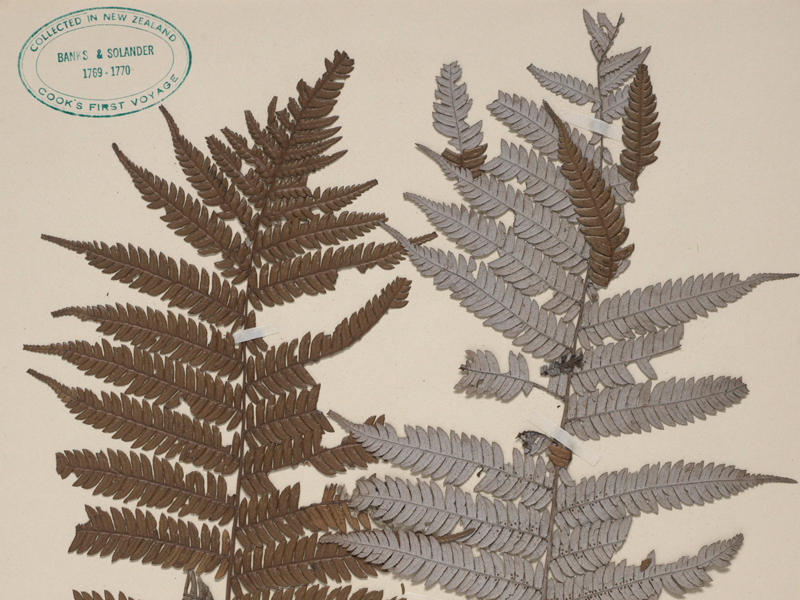
Silver Ferns collected on Cook’s first voyage to New Zealand tell stories of science and exploration, and of the Māori concept of time. Historian Dame Anne Salmond and Botany Curator Leon Perrie bring their perspectives to these fragile symbols of Aotearoa.